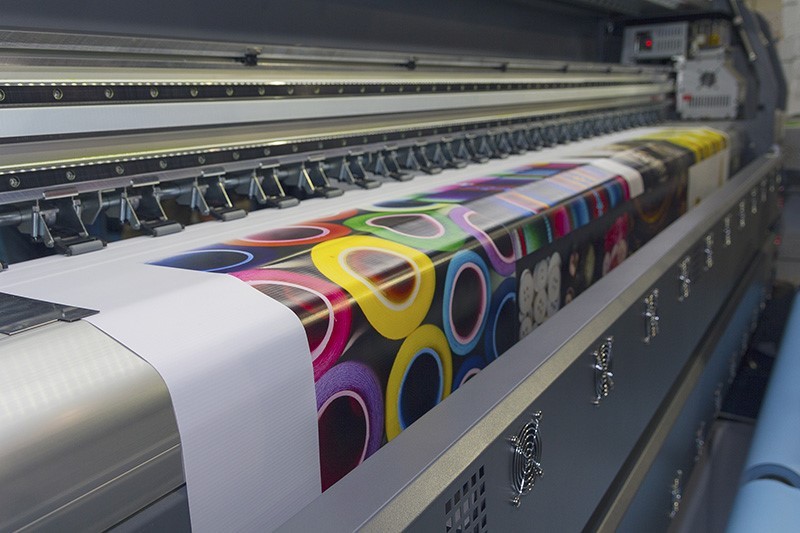In recent years, the field of bioprinting has witnessed significant growth and innovation. This medical technology holds the potential to revolutionize healthcare by offering groundbreaking solutions in tissue engineering and regenerative medicine. As we delve into the future of bioprinting advancements, it’s crucial to understand how these developments can impact various sectors.
The journey of bioprinting began with the desire to create complex, three-dimensional structures that mimic natural tissues and organs. Today, it stands at the forefront of 3D printing technology, paving the way for new therapeutic strategies and surgical procedures. From organ transplants to drug testing, the possibilities are endless.

Understanding the Basics of Bioprinting
To appreciate the strides made in bioprinting, we must first grasp its fundamental principles. Bioprinting involves the precise layering of cells and biomaterials to create functional tissue structures. This process is akin to traditional 3D printing, yet tailored for biological materials.
The Role of Bioinks
Central to bioprinting is the use of bioinks, specialized substances composed of living cells and supportive biomaterials. These bioinks are crucial for ensuring the viability and functionality of printed tissues. Innovations in bioink formulations have expanded the range of tissues that can be effectively printed.
Advanced Printing Techniques
The evolution of bioprinting advancements is closely tied to the development of advanced printing techniques. Technologies such as extrusion-based bioprinting, inkjet bioprinting, and stereolithography have revolutionized the way tissues are fabricated. Each technique offers unique advantages in terms of precision, speed, and scalability.
Applications of Bioprinting in Medicine
The medical field stands to benefit immensely from bioprinting advancements. From personalized medicine to regenerative therapies, the potential applications are vast and varied.
Organ and Tissue Transplants
One of the most promising applications of bioprinting is in the realm of organ and tissue transplants. By fabricating organs from a patient’s own cells, the risk of rejection is significantly reduced. This approach could address the shortage of donor organs and transform transplantation practices.
Drug Testing and Development
Bioprinting offers a novel way to test new drugs on human-like tissues, reducing the reliance on animal testing and accelerating the drug development process. This precision can lead to more effective and safer pharmaceuticals.
Challenges and Considerations in Bioprinting
Despite its potential, bioprinting faces several challenges that must be addressed to fully realize its benefits. Ethical, technical, and regulatory considerations play a crucial role in the advancement of this technology.
Ethical Implications
The ability to create human tissues and organs raises ethical questions related to the nature of life and human identity. As bioprinting technologies advance, these ethical dilemmas must be carefully navigated.
Technical Limitations
While bioprinting advancements have made significant progress, technical limitations persist. Issues such as vascularization, tissue integration, and long-term functionality remain areas of active research and development.
The Future of Bioprinting
Looking ahead, the future of bioprinting advancements is promising. Continued research and collaboration are essential to overcome current challenges and unlock new possibilities.
Emerging Trends
Emerging trends in bioprinting include the development of hybrid printing techniques, the integration of artificial intelligence, and the exploration of bioprinting in space. These trends have the potential to further expand the capabilities of this transformative technology.
Collaborative Efforts
Collaboration between researchers, industry leaders, and regulatory bodies is vital to advancing bioprinting. By working together, stakeholders can address technical and ethical challenges, ensuring the safe and effective implementation of bioprinting technologies.
To learn more about the future of printing and its impact on various sectors, visit Smithers.

Frequently Asked Questions
What is bioprinting?
Bioprinting is a form of 3D printing that uses living cells and biomaterials to create functional tissue structures. It has the potential to revolutionize fields such as medicine and drug development.
How does bioprinting work?
Bioprinting involves the precise deposition of bioinks layer by layer to construct tissues. This process requires advanced printing techniques and specialized bioinks to ensure the viability of the printed structures.
What are the challenges of bioprinting?
Challenges in bioprinting include technical limitations, ethical considerations, and regulatory hurdles. Addressing these challenges is essential for the successful implementation of bioprinting technologies.
This article contains affiliate links. We may earn a commission at no extra cost to you.






